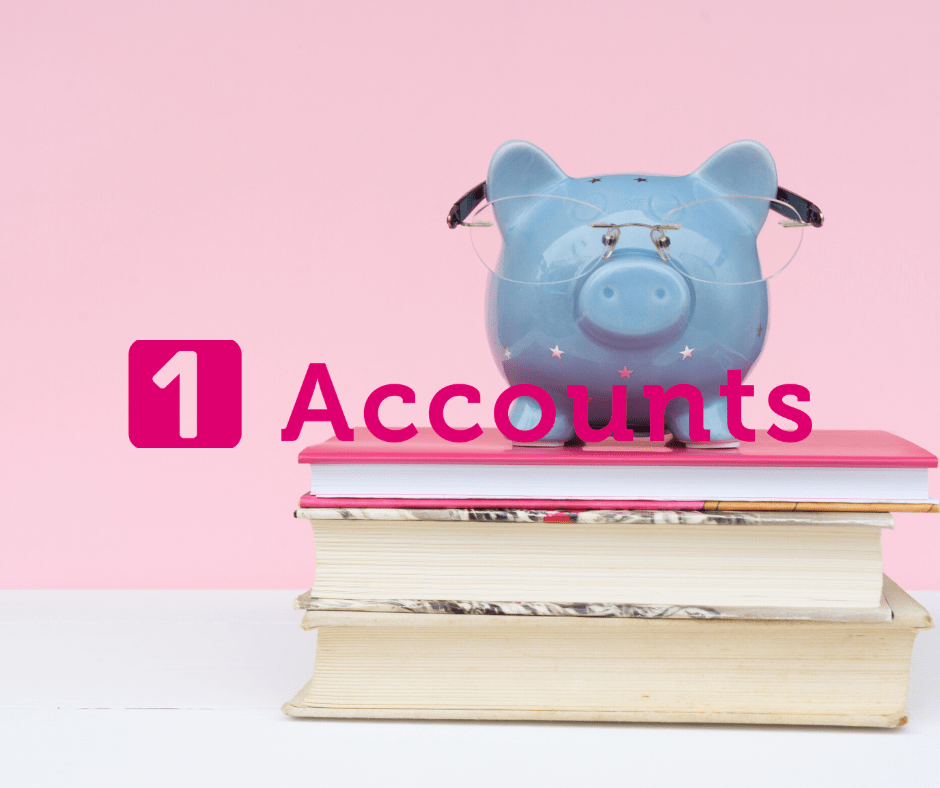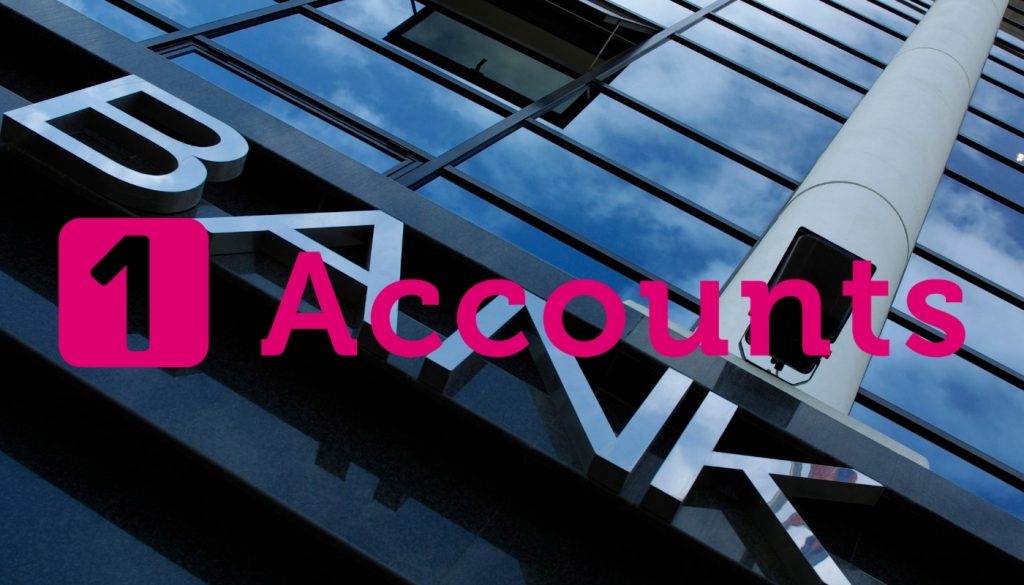
As we are in the middle of wedding season, it’s worth reminding everyone about marriage allowance. This extra bit of…

As we are in the middle of wedding season, it’s worth reminding everyone about marriage allowance. This extra bit of…

The Ultimate Guide to the Different Types of Business Financing Small business loans are being approved at an unusually high…

You Are Not A Bank As a small business, credit control can be a nightmare. Paul will tell you that…